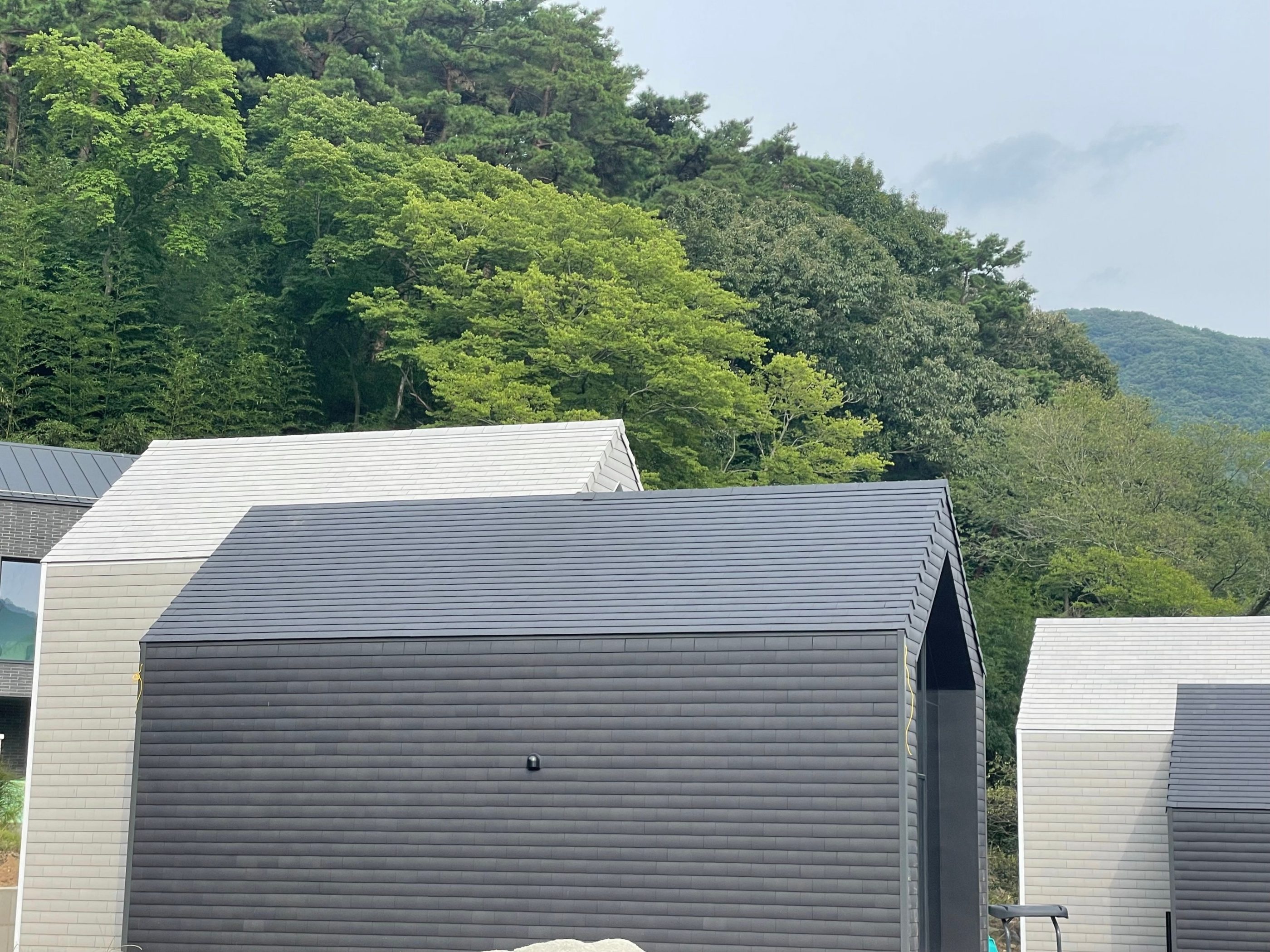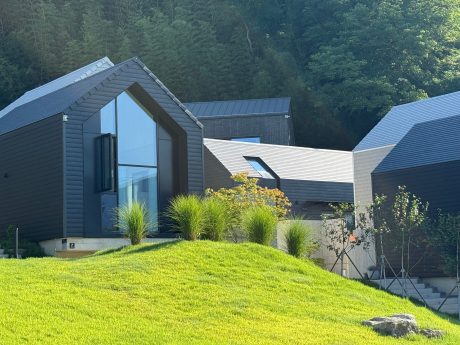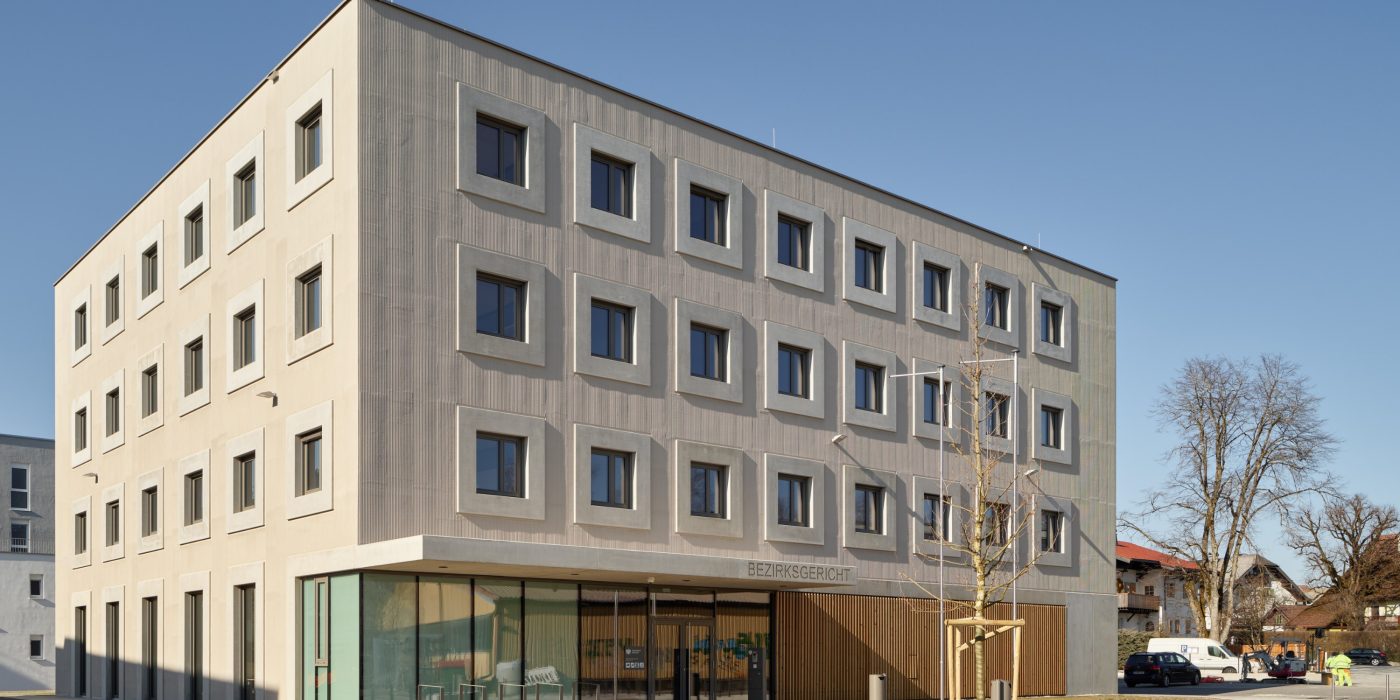By choosing dark and bright clay tiles, this architect created something unusual in Korea. The tiles cover roofs and façades, resulting in a modern appearance while maintaining a strong connection to the region’s traditional roots.
Korea is among the most densely populated countries in the world, with most people living in cities and small apartments. With the increasing popularity of countryside holidays and the demand of a different living experience – if only for a few days – the need for holiday guesthouses increases. Architect and university professor Kang Jun Lee recently finished an ensemble of five guesthouses in the southwest of South Korea, outside the town of Damyang, near the province capital Gwangju.

Facts & Figures
Project name: Damyang Guesthouses, Damyang, South Korea
Architecture Kang Jun Lee
Client Private
Year of completion 2024
Products used Elfino Slate Engobe, Elfino Agate Grey
Building type Public
Edition architectum #42











.jpg)





.jpg)
.jpg)